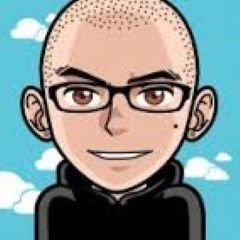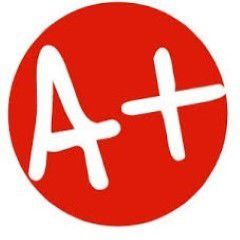MIS582 LAB 2 Week 3 Complete Solution Scored
Objectives
Project management has been a rapidly evolving field since its inception centuries ago. For project managers, doing the next project better than the current one has been a concern of paramount interest since project managers oversaw the building of the pyramids in Egypt. The objective of this Course Project is to explore one advanced practice area in the likely evolution of project management and, based on this area, explore where you feel project management will be in 5 years. We call this a study in advanced practices in project management.
Some topics that have emerged in advanced project management over the last few years are listed below.
•Which will survive, BIS or PM?
•What impact will agile have on traditional project management?
•Which is more critical to an organization, traditional risk management or financial risk management?
•Is agile or traditional project management a better long-term solution?
You need to find an area of interest in advanced project management, develop a paper on this topic, and explore how this topic will impact project management over the next 5 years.
Guidelines
This project is in two parts. Both parts of the project are due Week 5. The following deliverables are due for this project.
•Part 1: A six- to eight-page paper exploring an advanced project management topic is due. This topic will need to be approved by your professor by the end of Week 2.
•Part 2: A four- to six-page paper exploring how the above advanced project management topic will impact project management as a profession over the next 5 years is also due.
Milestones
Grading Rubrics
Back to Top
Category Points % Description
Development of advanced project management topic 40 33%
Development of advanced project management topic on the future of project management 40 33%
Documentation and formatting 15 12.5%
Organization and cohesiveness 15 12.5%
Editing 10 9%
Total 120 100 A quality paper will meet or exceed all of the above requirements.
Best Practices
Below are best practices in preparing this paper.
•Cover page: Include who you prepared the paper for, who prepared it, and the date.
•Table of contents: List the main ideas and sections of the paper and the pages where they are located. Illustrations should be included separately.
•Introduction: Use a header on your paper. This will indicate that you are introducing the paper.
The purpose of an introduction or opening is to
1.introduce the subject and why the subject is important;
2.preview the main ideas and the order in which they will be covered; and
3.establish the tone of the document.
•Include in the introduction a reason for the audience to read the paper. Also, include an overview of what you will cover and the importance of the material. (This should include or introduce the questions you are asked to answer in each assignment.)
•Body of the report: Use a header with the name of the project. An example is, "The Development of Hotel X: A World-Class Resort." Proceed to break out the main ideas. State the main ideas and the major points of each idea, and provide evidence. Show some type of division, such as separate, labeled sections; separate groups of paragraphs; or headers. Include the information you found during your research and investigation.
•Summary and conclusion: Summarizing is similar to paraphrasing but presents the gist of the material in fewer words than the original. An effective summary identifies the main ideas and the major support points from the body of the report; minor details are left out. Summarize the benefits of the ideas and how they affect the subject.
•Work cited: Use the citation format specified in the Syllabus.
Additional hints on preparing the best possible project are below.
1.Apply a three-step process to writing: plan, write, and complete.
2.Prepare an outline of the research paper before going forward.
3.Complete a first draft, and then go back to edit, evaluate, and make any changes required.
4.Use visual communication to further clarify and support the written part of the report. Examples include graphs, diagrams, photographs, flowcharts, maps, drawings, animation, video clips, pictograms, tables, and Gantt charts.
MIS582 LAB 2 Week 3 Complete Solution Scored
A+ grade guaranteed! I always give g...





Studyacer
Senior JournalistSell Your Solution Report Solution Support Center
Online Users
-
 Studyacer
Today
Studyacer
Today


A+ - Thank you!
Thanks for the positive feedback!